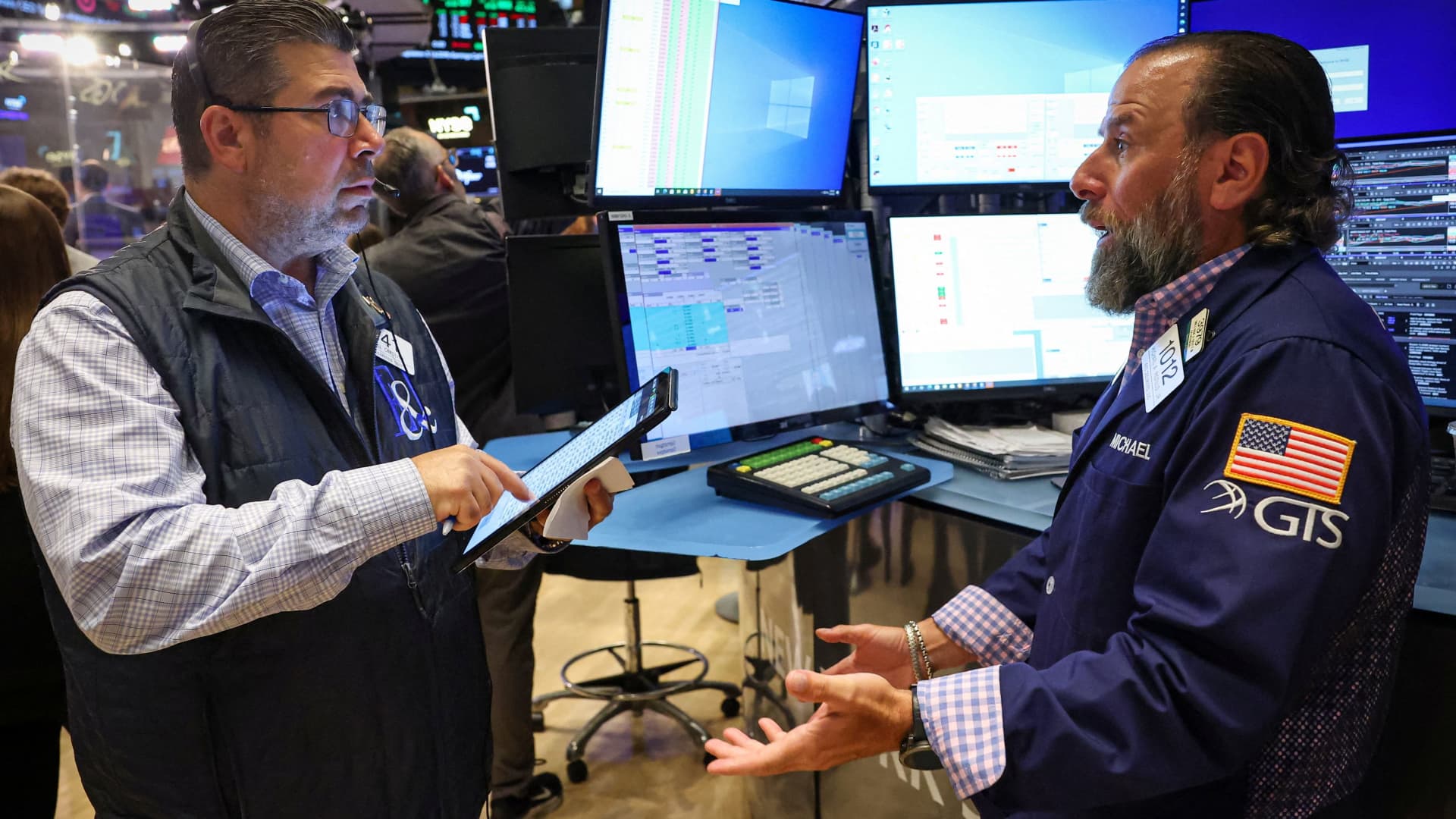Breadth isn’t keeping up with the S & P 500 ‘s rally to record levels this summer, according to LPL Financial. About 65% of stocks in the S & P 500 index are currently trading above their 200-day moving average, which is commonly used as a measure of longer-term performance trends. That’s below the average of 74% seen when the benchmark average itself is within 3% of all-time highs, according to data from Adam Turnquist, LPL’s chief technical strategist. “Historically, most of the time, breadth was higher than now when the market was in record-high territory,” Turnquist told clients in a recent note. That might spell bad news for investors, given that market rallies are considered more durable when breadth is widening, Turnquist said. .SPX YTD mountain S & P 500 in 2025 This comes as the S & P 500 has faced a choppy August and looks headed Thursday for a fifth straight decline. The broad market index is still up more than 8% in 2025. “Diverging market breadth can persist for meaningful periods, especially in today’s mega-cap-oriented market,” Turnquist wrote to clients. “However, continued negative deviations between price and breadth point to concentration risk and potential structural weakness that could be exposed if/when the broader market breaks below key support levels.” While breadth — which measures the degree of participation in the summer rally — isn’t up to historical standards, Turnquist acknowledged that it’s showing signs of improvement. He noted that the share of S & P 500 stocks above the 200-day average has surged from just 19% earlier this year.
Under-the-surface market divergence could spell trouble for Wall Street
